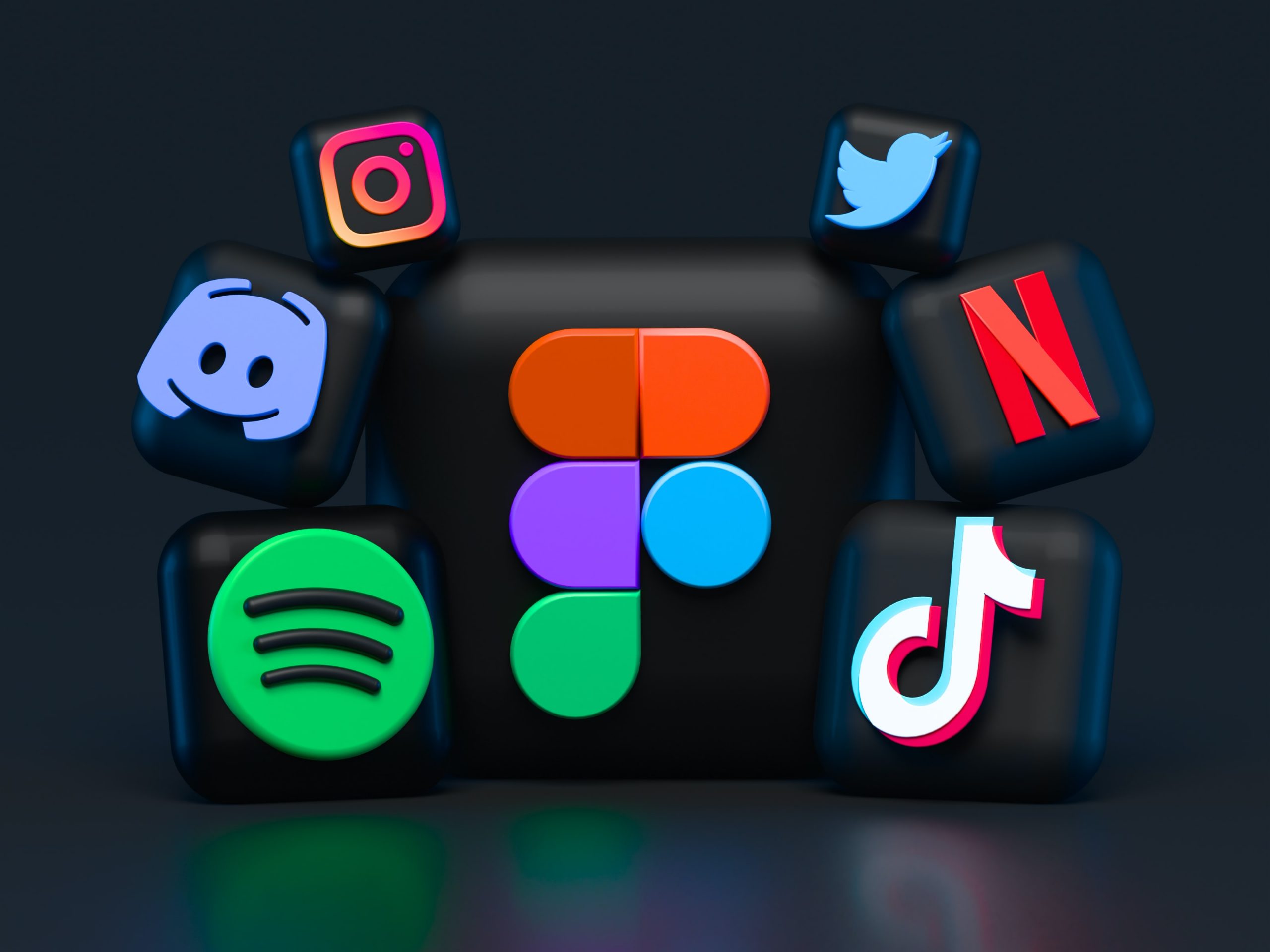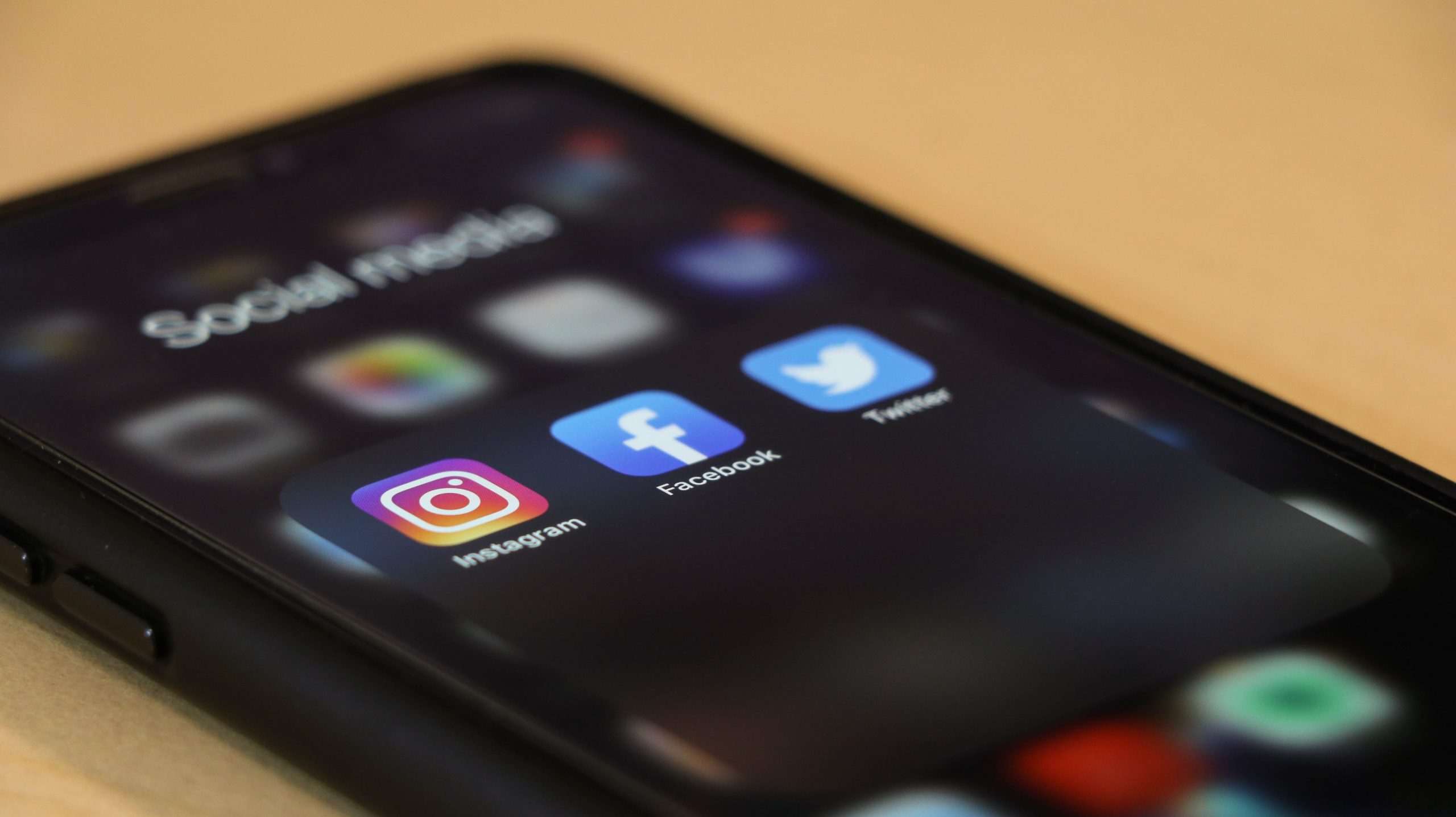How to Build a Strategy for your Business Account on Instagram: Part 1
How to Build a Social Media Strategy From Start to Finish
What does a social media strategy look like in 2021? You can find tons of articles, how-tos, YouTube videos, basically everything under the sun regarding the topic. So, where to start?
Creating a social media strategy from start to finish can be a daunting task, but if you clearly define goals from the start, you can begin taking tiny steps to lead to huge strides towards your business’s major marketing goals.
Here is an overview of what a social media strategy should look like, in a general sense, so that it can be adapted to any business regardless of your product or service

Branding
After painstakingly mulling over names for your new business, you’ve finally found the perfect fit! So, what’s next?
The answer is branding. You need brand guidelines to solidify your brand’s look, from your product packaging/service proposals to your social media profiles. Branding is more than just a color palette and a logo, although you’ll need those too. It’s your brand’s voice, how your business will be perceived, and the cornerstone for presenting your brand to the correct audience.
Let’s break it down to the basics of branding as it pertains to social for your new business, because this will be the groundwork for everything you do moving forward.

Key Brand Values
Exploring your key brand values will help you with your next steps, from where and how you handle marketing, how you approach customer/client interaction, and even how you network.
At launch, you should ask yourself these key questions:
1. How do you want customers to perceive your brand?
2. What drives you to go to work every day and grow your business?
3. If your brand was a mix of businesses or brands you admire, what would they be and why?

Choose Your Visuals
It’s all about cohesive visuals and messaging. You want it to flow, especially on social. From your website to your photography to your social media, you want all aspects to align.
Logo: A logo is often the first glimpse a customer has of your brand. It’s great when companies have a good logo, but logos can change over time, so don’t get too hung up. A simple principle to follow is to have it be simple in form and convey an intended message.
Color Palette: Picking the best colors for your brand can be super exciting and, honestly, a lot of fun. Start with considering your audience. Are they mostly women, men, or neutral? What is your audience’s age range, young and hip, middle age or older? Then take a look at other brands in your space. You want to stand out, but you also want to fit in– quite the balancing act.
Photography: Good imagery is essential when developing your social media presence. And the best thing is that finding good images to use isn’t that let that stop you from finding it yourself. There are many resources to help you find the perfect photography to match your brand’s look and feel online. Luckily, there are several FREE apps that have free-to-use stock photography you can use, 24 to be exact that I am aware of as of writing this article. Note: Don’t forget to credit the photographer if you borrow images from a stock photography library.

Sending products and paying $100 per influencer is a perfect jumping-off point.
Setting Goals
Let’s talk about business goals. Depending on your business, you are most likely selling a product or a service. Each of these comes with different goals, and thus, strategies. Yet, with both, at the end of the day, you are looking for sales.
For product-based businesses, you most likely have an initial idea of a set selection of products you’d like to sell. You should determine the quantity of each product you want to sell and over what period of time. This will help you determine what kind of marketing budget you’ll need and how to scale it once you arrive at certain sales goals.
For service-based businesses, you’ll likely be looking for a certain number of clients, and those clients may come in at different tiers of services. You should determine what your tiers of services are and what those tiers entail. Then how many of each tier would you like to sell monthly. Once established, you can determine your marketing budget and how to scale.

Choosing the Right Social Media Platforms
After much deliberation on sales goals, you’ve determined your benchmarks for success. Now you should have a general idea for your marketing budget for social media. According to a 2019 CMO survey, the percentage of marketing budget on social media was on average 20-25%.
Depending on your target audience, your choice of platform focus (Facebook, Instagram, Pinterest) may differ from someone else. But if you are running on a tight budget, let’s say less than $3000 per month, you should focus solely on a single platform to squeeze the most out of it.
Let’s look at each platform’s audience:
Facebook: With ages 25-55, Facebook has the largest audience of all the social platforms and the most robust advertising platform, most likely increasing sales from ad campaigns.
Instagram: Ages 18-34, highly visual, best platform for influencers and brand trust, more popular with younger generations than Facebook. (Ads done on Facebook)
TikTok: Ages 16-24, specializes in short-form content, great for influencers with a low budget and to run ads with their internal ads platform.
Pinterest: Great for driving traffic, far more women on Pinterest, highly visual, lot’s of interest in décor, food, art, fashion, wedding, travel.
Linkedin: Ages 25-34, for service-based businesses who want to build relationships with high tier positions at companies, as well as run ads using their ads platform.

Setting a Marketing Budget
Previously I mentioned using a budget of 3k as a test run for social media marketing. With this budget, choose a single platform to invest the full amount and get the most out of every dollar. Let’s continue from this point forward with the most widely used social platform today, Instagram.
To properly market on Instagram using a budget, let’s look at the 3 types of advertising:
Content (organic) – here you must create an IG feed that is recognizable
· $1000
· Custom photography
· Stock photography
Influencers (referrals) – focus on Micro & Nano influencers for niche audiences
$500
Micro Influencers
Instagram ads (paid) – hire someone who specializes in FB ads or you will end up wasting a lot of time & money
$1500
3 main campaigns

Content Planning
It’s all about the look and feel. Have you ever run across an Instagram that just feels expensive? Creating an Instagram feed that is well-branded involves thorough planning and execution.
Planning your feed with an entire month in mind is the golden rule. When you’re able to see what your feed will look like at the end of the end result will be far better than if done post by post. Using an Instagram scheduler that has a feed view within it is perfect for this. Alternatively, routes are to build out a plan in Google docs or Canva.
Your first photo shoot now is where the fun comes in. If you’re planning a custom shoot with a photographer, then be sure to give them plenty of reference photos of other Instagram accounts you like so they can replicate the look. Much of the branding and coloration will come in post after they have completed the shoot, so if there is a filter you like then let them know ahead of time. Going with an agency is going to be out of the question at a 1k budget. The best option is to find a local photographer and use friends who can model for you. Either way, this will be leaps and bounds better than using a phone for photos.
Next is creating filler content. Because your initial shoots will be on a tight budget, you’ll most likely have limited models and you don’t want to post the same people over and over. Using stock photography is the perfect way to mix up the variation and extend your shoots’ life. Check out stock photography site Stocksy.com. They have more unique options so you don’t end up with a feed that looks like Getty Images.

Finding the Right Influencers
The more eyes on your brand the better. From the get-go, your brand’s reach on Instagram is limited to the number of followers you have, plus due to the algorithm, you will reach even less than that. Influencers are a great way to increase reach and build brand trust.
With our set $500 budget, we’re going to be looking at micro-influencers and nano influencers. On average, micro-influencers are users with a following under 100,000 and nano influencers have 1,000 to 10,000 followers. You should focus on people with around 20-40k followers who have a decent number of unique comments on their posts. Sending products and paying $100 per influencer is a perfect jumping-off point.
The goal here would be a simple shout-out of the brand and have them tag your Instagram handle. If you see your follower count jump on the day or two following their post, then definitely use them again. If not, continue to cycle through new people. Remember, this is also a great new source of content for your page by reposting their image on your Instagram feed.

Instagram Ads
Probably the most challenging part of this entire process is appropriately running Instagram ads and scaling them to build a successful sales funnel. Utilizing a freelancer off Upwork would be a perfect idea if you don’t have someone in-house familiar with Facebook’s ads manager. If you look for a freelancer, you’ll want to look for someone specializing in “Facebook advertising,” as Facebook owns Instagram, and all ads go through Facebook’s platform.
The alternative, more expensive route would be hiring an agency, but with our $1500 budget, that will be difficult.
Let’s exclude the cost of someone managing the ads since that’s such a variable, and just assume we can devote our entire budget to ad spend.
The most common successful campaign build will include four main parts.
Traffic Campaign: $250 – Garners website traffic and build’s audience data for you to scale campaigns later.
Add-to-Cart Campaign: $500 – Allows Facebook to start gathering users’ data who are most likely to visit your site and add products to a cart.
Purchase Campaign: $500- Most direct ad source leading to a sale.
Instagram Follower Growth Campaign: $250 – Done through stories or a feed post with the goal of profile views that will turn into new followers if your content is engaging.
There are thousands of articles on how to build out each of these campaigns, so a quick Google or YouTube search should lead you in the right direction if you aren’t using a freelancer or agency.
Generally, the first month will be all about Facebook learning and garnering data for you to utilize in later campaigns. You will operate at a loss, but you will gain valuable data. In the second month, if your product price point is fairly low, you could break even. In your third to fourth month, you should start to see some decent ROAS (return on ad spend) and be able to scale from there.

Learn Social Media Marketing Online
Related Articles